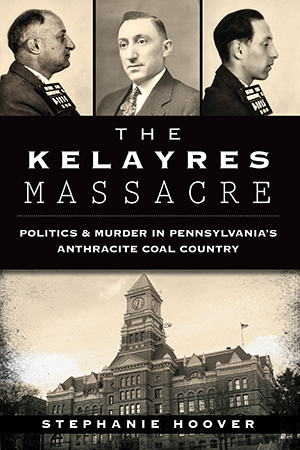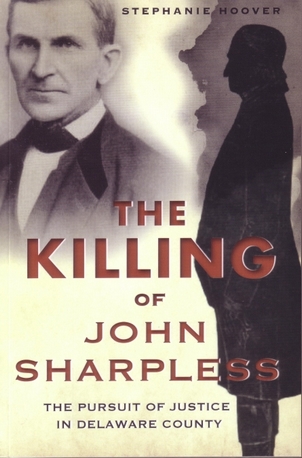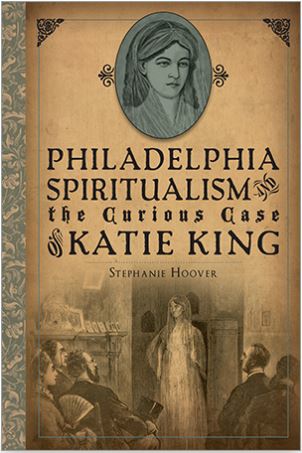Pennsylvania's Historical Industries:
Papermaking
© Stephanie Hoover - All Rights Reserved
Within five years of the introduction of papermaking in England, the first paper mill appeared in the colonies. Many households in the north made linen from flax grown on their farms and the rags and waste from this process offered the raw materials necessary to papermaking.
The first paper mill in America, erected in what was then called Roxborough (now Germantown), was built by a German immigrant named William Ryttinghuisen, ancestor of Pennsylvania's eminent philosopher David Rittenhouse. The Ryttinghuisens came to Pennsylvania in 1690. They emigrated from Holland where the family had also been engaged in papermaking. While the precise date of the mill's construction is unknown, it is believed to have been built before 1693. Ryttinghuisen's partners in the mill were his son Nicholas, William Bradford of New York, and Thomas Tresse of Philadelphia.
The second mill in America was built by William DeWees, a relative of the Ryttinghuisens. This facility was also located in Germantown.
About 1720 Thomas Wilcox, an English settler, built a paper mill on Chester Creek in Concord Township, Delaware County. In addition to making writing paper, Wilcox's mill supplied Benjamin Franklin with much of the paper consumed by his printing presses. It was Wilcox who also produced the bank note paper from which Continental Paper Currency was made.
The production and consumption of paper quickly became an integral aspect of colonial life. This fact did not escape the attention of Great Britain which believed a tax on paper products would reimburse the expense of the recently concluded war with France. The resulting Stamp Act was passed by the British parliament in 1765. It mandated that all legal documents in America, including newspapers, were to be "stamped." Before this time colonies had raised taxes for the king's use via their own legislatures. This "taxation without representation" was met with great resentment. When the stamps arrived at Philadelphia they were kept shipboard. Newspapers printed their own "obituaries," legal business stopped, and public offices closed. Even more detrimental, Philadelphia merchants waged an absolute non-importation of English goods. Even sheep were spared as a food source so that Pennsylvania's wool industry could grow, eliminating the market for English wool. The Stamp Act was repealed in the face of this effective counter-attack.
Shortly after the Revolutionary War the number of paper mills in Pennsylvania, New Jersey and Delaware was estimated at sixty-three. Forty-eight were located in the Commonwealth. They manufactured $250,000 worth of paper annually.
Pennsylvania's dominance in the industry was due, in large part, to the fact that Philadelphia was the literary epicenter of country. It was also contributable to Ben Franklin who personally established as many as eighteen paper mills.
By 1789 the paper mills of Pennsylvania were producing 70,000 reams of paper per year. In this year, Congress placed a duty of seven-and-a-half percent on imported paper to further encourage domestic production.
The census of 1850 notes 516 paper manufacturers in Pennsylvania. As of 1857 there were nine paper mills in the city of Philadelphia and two additional companies were headquartered there. The combined production of these firms totaled $1,250,000. As noted in "Philadelphia and its Manufacturers" published by Edward Young in 1858, the advantages that Philadelphia manufacturers held over others included:
"...cheap coal, superior water, a first rate Paper-making machine establishment, and cheap supplies of raw materials..."As the demand for paper grew, rags were no longer in plentiful enough supply to meet paper mills' needs. In the 1860s Americans began making paper from wood pulp. This vast source, plus near-total automation, fueled substantial industry growth. Today the U.S. produces over a quarter million tons of paper and paperboard daily. ~SH


